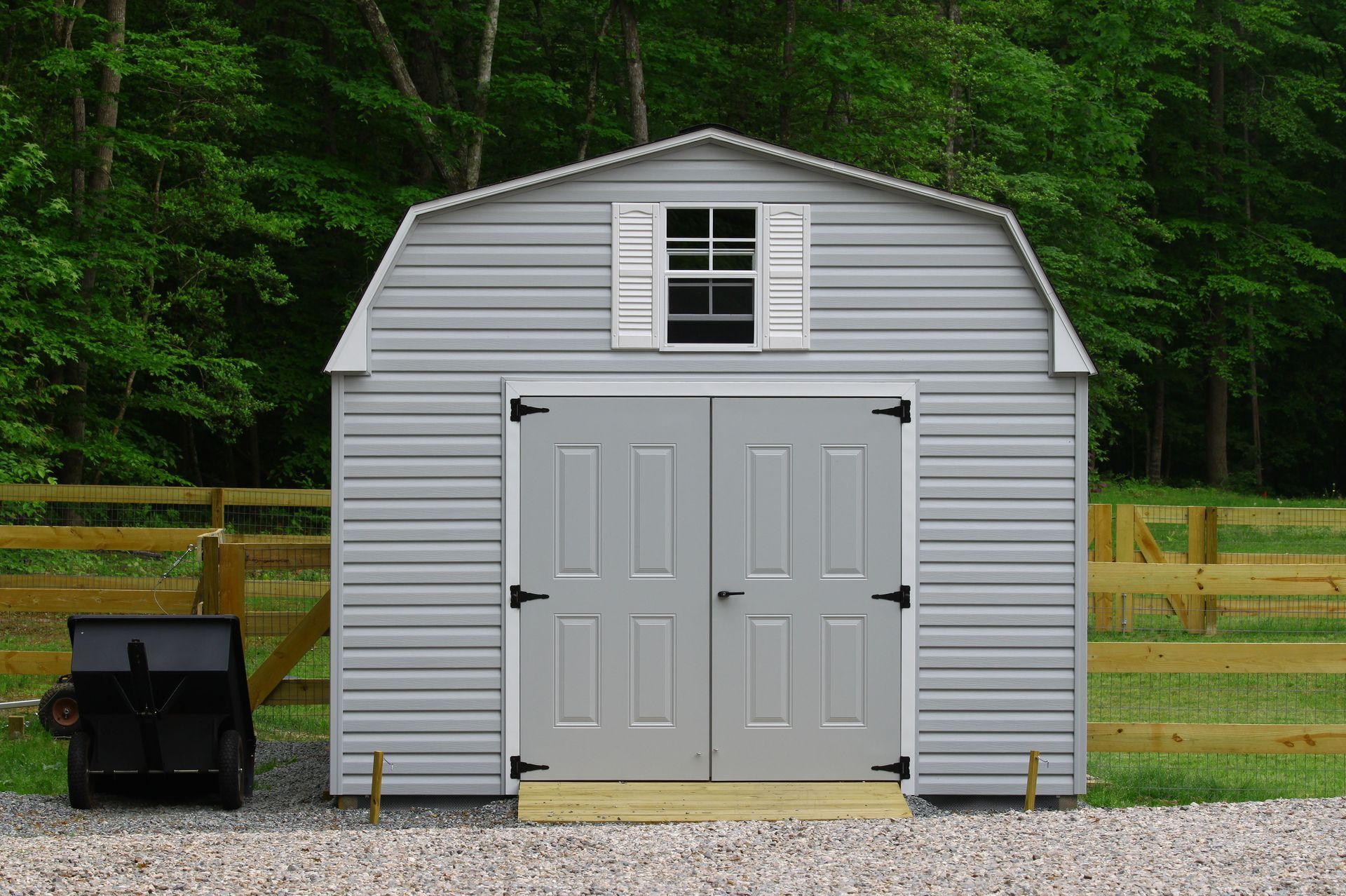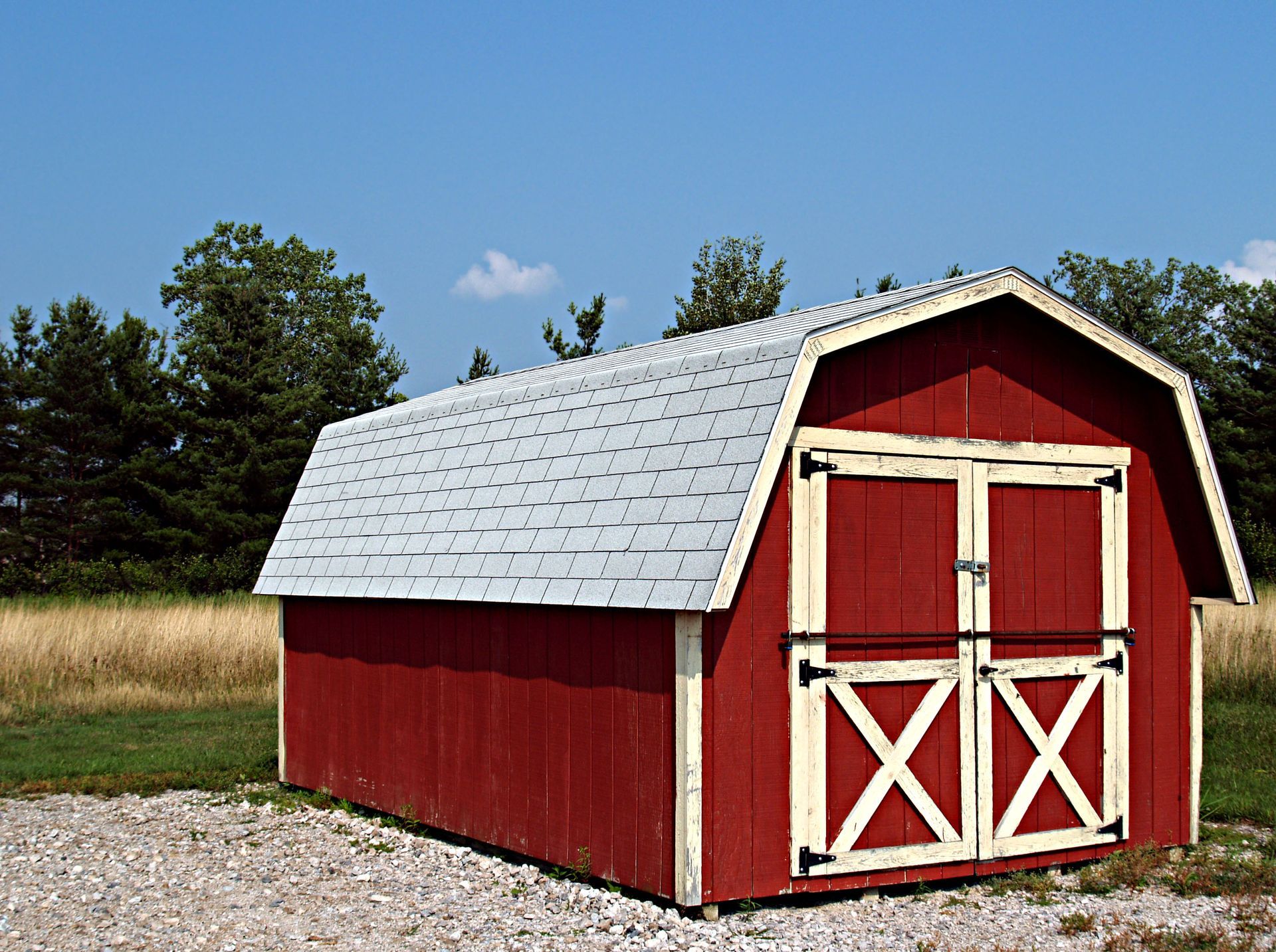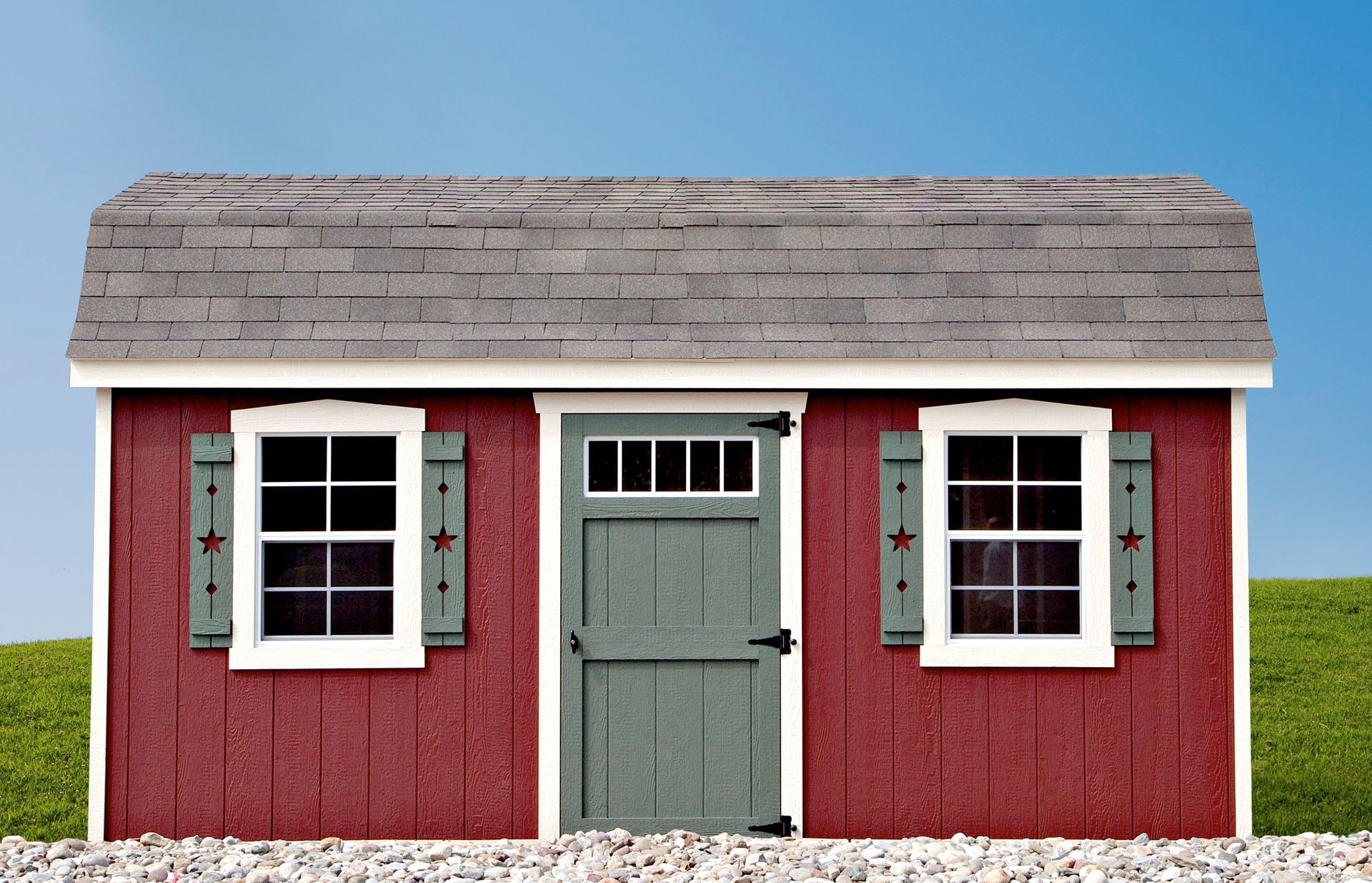Metal vs. Wood: A Building Contractor’s Guide to Choosing the Right Structure
For building contractors, choosing the right material can make or break the success of a construction project. Among the most common choices—metal and wood—each material presents its own set of benefits and challenges. Whether the goal is long-term durability, sustainability, or aesthetic appeal, the decision is far from simple.
Material selection doesn't just affect the structure’s integrity—it also influences project costs, client satisfaction, and future maintenance requirements. In many cases, clients rely on the expertise of building contractors to explain the long-term implications of their choices. That’s why understanding the strengths and limitations of both metal and wood is vital for professionals who want to deliver reliable, tailored solutions. Here we'll explore the essential factors that influence material selection, helping building contractors make informed, cost-effective choices tailored to client needs.
Durability and Weather Resistance
One of the most significant factors when choosing between wood and metal is how each material holds up over time. Metal is known for its resilience, especially in regions prone to extreme weather. It resists pests, warping, and rot, which can plague wooden structures over the years. For projects that must endure high humidity, heavy snowfall, or termite infestations, metal often stands out as the more durable choice. For building contractors working on industrial or outdoor-focused projects, this durability can result in fewer repair calls and longer-lasting structures.
Sustainability and Environmental Considerations
As the construction industry moves toward greener practices, the environmental impact of building materials has become a top concern. Wood, when responsibly sourced, is a renewable resource and generally produces fewer emissions during manufacturing compared to metal. Its lower carbon footprint appeals to eco-conscious clients. However, metal can also be recycled, reducing its overall environmental toll. Building contractors working with clients focused on sustainability must weigh whether renewable sourcing or long-term recyclability aligns better with project goals.
Cost Efficiency Over Time
Cost is always a crucial consideration for both clients and building contractors. Initially, wood is typically more affordable than metal, especially in residential builds. However, the story changes when factoring in long-term maintenance. Wood structures often require frequent treatments to prevent decay, insect damage, and warping, all of which add to the total cost over time. Metal, though more expensive upfront, demands less ongoing care. For projects with a long-term horizon or those in harsh environments, the higher initial investment in metal may prove more economical in the long run.
Design Flexibility and Aesthetic Appeal
The appearance and adaptability of building materials play a major role in the final outcome of a project. Wood’s natural warmth and charm make it ideal for residential settings and traditional architectural styles. It can be carved, stained, and painted to suit various tastes. Metal, in contrast, offers a clean, modern aesthetic and can be molded into a wide range of shapes, making it a favorite for contemporary commercial builds. For building contractors tasked with bringing unique architectural visions to life, understanding a material’s design flexibility is essential to meeting client expectations.
Matching Materials to Practical Applications
Every construction project has different demands, and the right material should align with its specific purpose. Metal structures dominate in commercial and industrial sectors due to their strength and low maintenance. For example, according to Building Design, one in five Americans rent self-storage units, highlighting a booming market where metal is the preferred choice due to its durability and scalability. Wood, however, remains the go-to for homes, cabins, and small offices, where its cozy feel and adaptability are major selling points. Building contractors who clearly understand the scope of their projects will be better positioned to select materials that deliver both performance and client satisfaction.
Choosing between metal and wood isn’t a matter of picking the better material—it’s about identifying the right fit for the project’s needs, environment, and goals. Both materials offer distinct advantages: metal excels in durability and low maintenance, while wood shines in sustainability and aesthetic customization. Building contractors who take the time to weigh factors such as cost, longevity, design, and practical application will be able to guide clients toward solutions that ensure quality outcomes. In a competitive industry, making these well-informed decisions is key to standing out and building trust through lasting, effective construction. Ready to start your next construction project with confidence? Trust the expertise of R & K Buildings Inc to guide you in choosing the right materials for lasting results.




Share On: